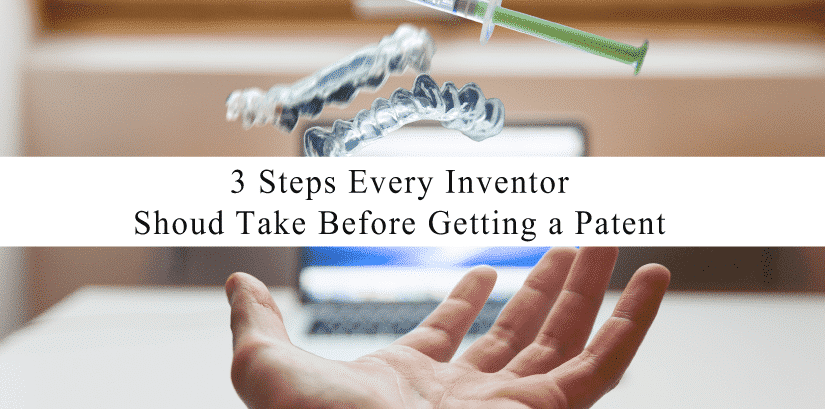Inventors 101: What Exactly is a Patent Attorney?

So you’ve decided to hire a patent lawyer, but you may not be sure where to start or familiar even with what they can do. Patent law is a highly specialized, highly technical area of law that most regular lawyers don’t really understand.
I have a Great Idea?…So now what? 3 Steps to Take Before Getting a Patent

If you’ve just had your stroke of genius moment, or are trying to protect or advance the IP within your startup or small business the tips in this article should help you increase your chances of success.
